
With the development of a large-scale and intensive production industry, the number of laying hens in China is rapidly increasing. Oils, as an important source of essential fatty acids, can be


2012-12-02 · The feeding can be done with the allotment given 2 times a day with a fixed schedule. A few things to note in this is chicken feed get the chance to eat in the same time and the food is not much spilled or scattered. Giving the right amount of feed is crucial advantage that we will get. In addition, by knowing the num; feed is supposed to be we
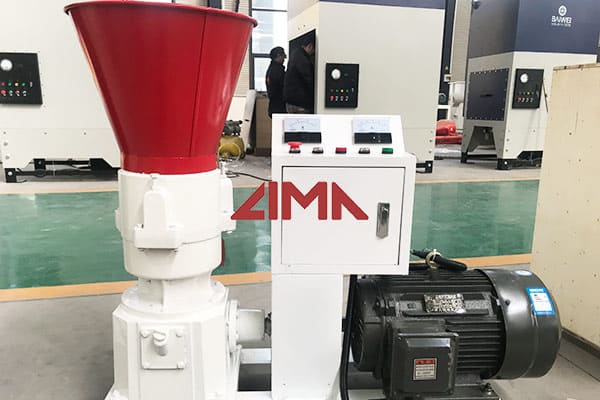
2020-10-04 · How to increase laying hens' egg production? The editor recommends a new method of drinki. skip to Main Content. Welcome. Say hello to the toggle bar. This is an optional section you can use to display any content you'd like. Simply select a page from the theme panel and the content of the page will display here. You can even use the drag and drop builder to
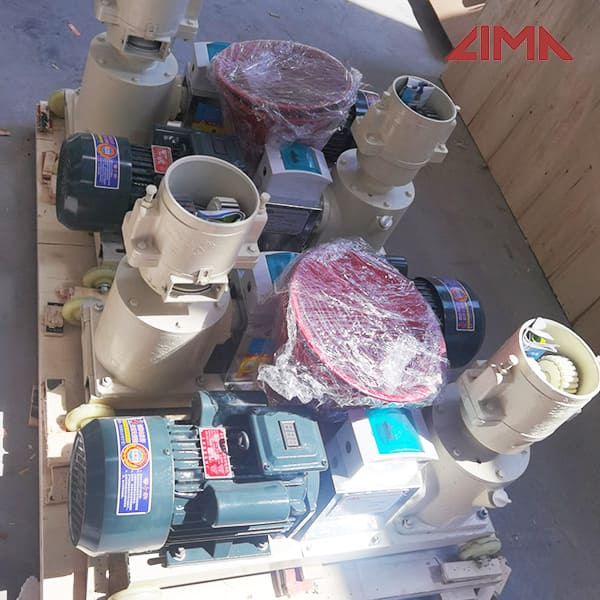
2022-01-22 · Canadian guideline for feeding commercial laying hens Infant nutrition. Plan wisely for your commercial infant formulas are an alternative to breast milk. lamb, game, poultry, and fish. Meat alternatives include POULTRY WELFARE STANDARDS AND GUIDELINES Nest boxes are provided to laying chickens dust-bathing for poultry supporting paper Public Consultation

Foods past their expiration dates are large sources of waste and are causing food-manufacturing companies to develop waste disposal strat Effect of snack food by-product inclusion on production of laying hens Poult Sci. 2012 Jun;91(6):1406-9. doi: 10.3382/ps.2011-02041.
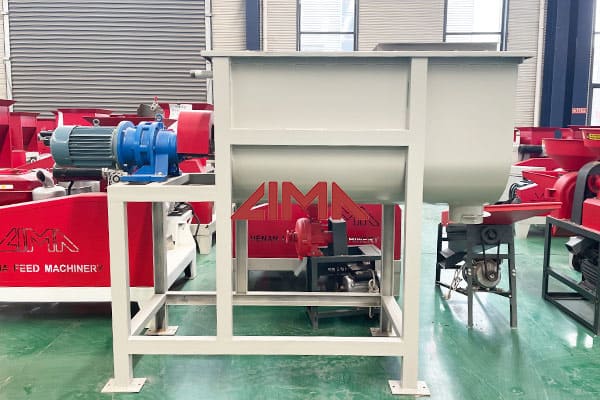
experiment was set up in a production facility with 192 consuming laying hens 27 weeks old. The laying hens were divided into 4 groups: control group; group fed with flax cake (10%) + flax oil (2%); a group fed with 5% ground flax and a group fed with 10% ground flax. Each group had 8 cages with 6 laying hens, a total of 48 laying hens per

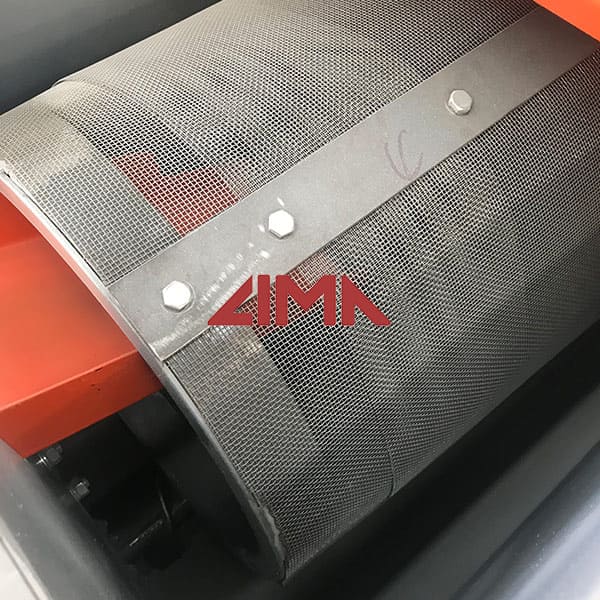
An experiment was conducted with 480 Hy-Line W-36 laying hens to determine whether feeding diets that varied in nutrient density would affect long-term egg production performance. At 18 wk of age, laying hens were weighed and randomly allocated to 6 replicate groups of 16 hens each (2 adjacent cages containing 8 hens per cage, 60.9 x 58.4 cm
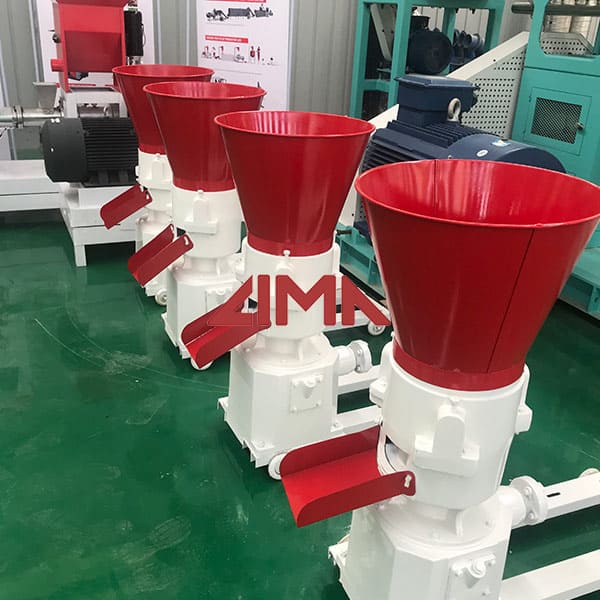
A large-scale trial was performed with 1500 laying hens which were kept under conditions of industrial egg production. The trial was carried out to investigate whether supplements of L-lysine would increase the food value of high-protein wheat and in which way a proportional decrease of dietary protein by 50% would affect the egg production of the hens. Additionally, studies were

The caged laying hens have high density of feeding and high egg production performance. The raising and management of caged laying hens can effectively improve the breeding efficiency. In the management of chicks, it is better to “make a living” and to control the breeding of chickens. In the management of laying hens, the “nutrition” can be achieved to maximize the breeding
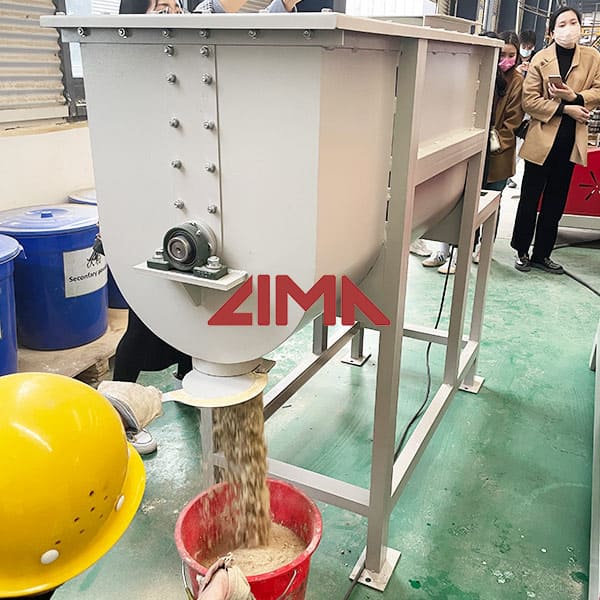
Phytase hydrolyzes phytate rendering phosphorus and reduces the laying hens' requirements for inorganic phosphate rock. Here, we demonstrate that there is no need to keep large safety margins in dietary phosphorus when hens are fed with phytase. Hy-Line Brown laying hens (n = 504) were randomly assigned to 7 treatments (6 replicates of 12 birds).
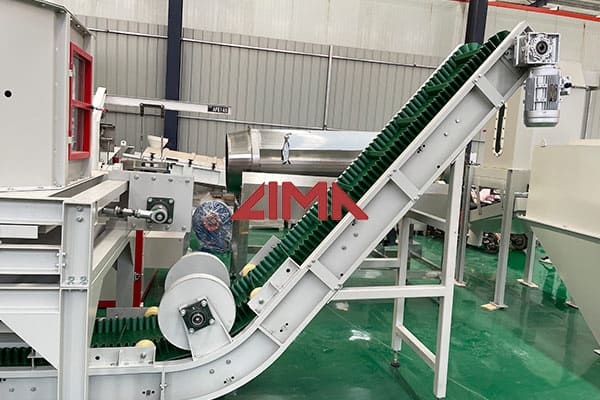
1980-04-01 · Poultry Science. Volume 59, Issue 4, 1 April 1980, Pages 693-696. Education and Production. Feed Restriction in Laying Hens1. Author links open overlay panel J. MATSOUKAS 2 W.C. SKOGLUND 3 D. WHITTAKER

2020-05-06 · Egg-laying hens play an important role in traditional Norwegian agriculture. A large amount of egg is produced to meet consumer demands, with an estimated consumption of 12.5 kg eggs per person per year . At the age of about 18 months the egg-laying hens no longer produce a sufficient amount of eggs, and are discarded. It is challenging to